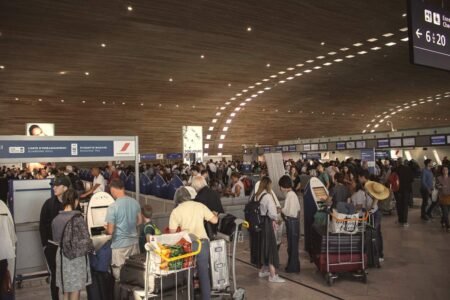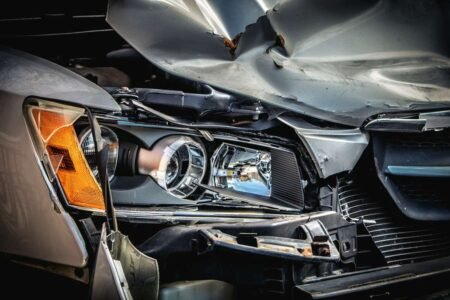The European Parliament gave its final approval on 10 March to new EU rules for safer and more eco-friendly lorries (Directive 2013/0195), put forward by the Commission. These rules will allow manufacturers to develop more aerodynamic lorries which will reduce fuel consumption by 7-10%, cut emissions of greenhouse gases, and also enhance road safety.
Advertisement
The new rules will bring a number of important benefits:
- Better road safety: The current “brick shape” front of the cabin can increase the severity of injury to road users in a collision. It also reduces the driver’s field of vision. This is particularly dangerous for cyclists and pedestrians at junctions. A more rounded shape increases the field of vision and in the event of a low-speed collision typically in an urban environment reduces the risk of serious injury. Up to one third of controlled vehicles are overloaded, causing damage to roads and compromising safety. On-board weighing systems linked to the digital tachograph and weigh-in-motion stations on main roads will allow for more consistent checks from country to country. The overweighting of lorries is estimated to cost 950 million per year to the taxpayer.
- Better environmental performance:In the EU, transport relies on oil and oil products for about 96% of its energy needs. Improved vehicle aerodynamics will reduce the fuel consumption of long-distance road haulage by 710%, making a significant economic and environmental contribution. For hauliers, this will allow savings of approximately 5,000 per year in fuel costs for a typical long-distance lorry covering 100,000 km. In addition, the rules allow for additional weight specifically to allow the use of heavier batteries required by alternative propulsion systems (hybrid, electric) for lorries and coaches. However, the loading capacity of lorries will not change.
- More innovation and industrial opportunities for vehicle manufacturers: European heavy vehicle manufacturers are market leaders and the sector is one of the largest corporate investors in research and development. New aerodynamic cabins and rear flaps will be an opportunity for manufacturers to develop new models, which will support job creation and economic growth in Europe.
- Promoting intermodal transport:Red tape will be reduced allowing 45-foot containers to be switched more easily between ship, road and rail.
Background information
The rules currently setting the specifications for lorries date back to 1996 (Directive 96/53/EC). They now need to be updated to take account of technological developments. The old rules are the reason why today’s lorries are brick-shaped, which is the least aerodynamic shape and the main reason for many traffic related casualties.
Next steps: The final step is the adoption by the Council of the EU in the coming weeks. In parallel, the so-called EU vehicle type approval legislation needs to be updated, before new vehicles can be put on the market.
Aerodynamic flaps could be expected to be put on the market from 2018 and safer and environmental cabins from 2020. All other measures mentioned above (propulsion, controls and intermodal) can be implemented from 2018.
For further information







